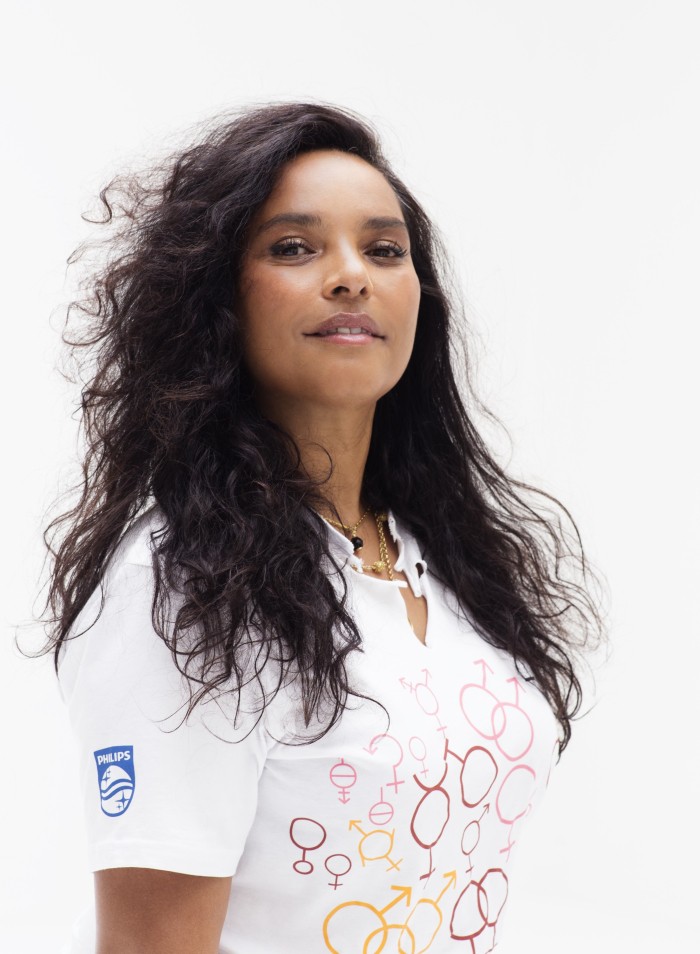Don’t be disingenuous on inclusion: brands must ensure behaviour and messaging align
Nathalie Lam, Philips Global Head of Sponsorship and Marketing Transformation Lead, explains how Philips wants its creative content to match the diversity of its audience. This is the first article in a series by WFA Diversity & Inclusion Taskforce members ahead of its 2023 inclusion census.
Share this post

Nathalie Lam, Global Head of Sponsorship and Marketing Transformation Lead, Philips
Imagine an advert for a piece of hospital equipment. Until a few years ago it would most likely have looked something like this: the patient – a woman – goes to see the doctor – a grey-haired male –, with an ethnically-diverse nurse, most likely female, completing the picture.
This is not only stereotypical yet, importantly, completely unrepresentative of the actual reality of medical environments, particularly in markets outside of Europe and North America.
For the last couple of years, I have been leading a taskforce designed to enhance inclusion and diversity across our marketing communications at Philips – so that our campaigns are free from such stereotypical representations.
We have robust measurement, relevant data points, KPIs and goals to track and drive our progress but actually there is often a simpler way of assessing whether output matches the target.
If you simply take all the campaigns you’ve done in the last half year or the past year and hang them on your walls, you’ll see what you think the audience looks like. If that deviates from your target audience or your market, then you have to double down on your efforts.
Output is only one side of the coin
The good news is that more representative output is now becoming common practice across the business. I see colleagues being more considered and sensitive around this topic, improving their expertise. Knowledge is spreading and such conversations are the real proof that we are making progress.
However, output is only one side of the coin. We can’t do this credibly without real action internally. We’ve all seen companies saying one thing, with a very different reality for employees. You always need to do that sanity check internally to ensure your advocacy campaign message and action aligns first, before you go public. Furthermore, consider the flighting, as communications commitments need to be always-on, otherwise they can seem commercial and disingenuous. When Philips partners with the LGTBQ+ community for Pride, we do so knowing our own company policies are supportive of same-sex marriage and other LGBTQ+ issues. We also don’t connect a product to these initiatives to avoid accusations of commerciality.
It’s certainly true that some areas of DEI are a challenge depending on geography. We approach that by taking markets on a journey and educating them with tailored, applied training. We use an external partner, Creative Equals, to deliver these for us, as we need that impartial expertise. This allows us to discuss the topic with our employees, give them market-specific insights and have those courageous exchanges required to drive behaviour change. In some cases, people just don't know how to start having that conversation and workshops can be a powerful platform to launch the process.
Such efforts need to apply to our suppliers too. We’ve just completed research in the Netherlands about the agency marketplace. What we’ve identified is that the more senior you get, the more homogeneous the teams are.
That can be a difficult hurdle to overcome because the tier-one advertisers have the largest budgets and often work with the large networks. As these are bigger companies and their senior leaders need to be more experienced, the diversity of the talent pool at that level can be limited.
Opportunities
There are two opportunities here: first, we need to engage these leaders to be allies for DEI process improvement, demanding change for more inclusive and creative concepts. Second, we must look at what we doing as an industry or business to diversify the pipeline of senior leader talent, to ensure there is a diversity of perspectives represented at a that level.
If I could offer one ‘idea to steal’ that can make people feel more themselves at work, it would be to make a conscious and intentional effort to involve and engage everyone in your team. Think of virtual meetings, for instance: practice equal share of voice. Some people are maybe more modest or introverted, so you need to allow opportunities for everyone to speak and be heard in the meeting, the messaging chat or a post-meeting follow-up.
As a leader you need to create an environment of psychological safety where everyone is allowed to respectfully bring in their point of view or feedback, even if it’s different to yours. This is even more important in a remote and hybrid working environment.
It’s one of those small changes that’s applicable no matter what business you're in. In fact, most of the improvements we need on DEI are similar across all companies, regardless of sector. Brands can really support each other by sharing their experiences, the good, the bad and the ugly.
Nathalie Lam is Global Head of Sonsorship and Marketing Transformation Lead, Inclusion & Diversity at Philips. She is also part of the WFA’s DEI Taskforce, which works to promote the WFA’s Charter for Change, 11 actions that can drive real change across the global industry. The Charter looks to address challenges identified in the Global DEI Census from 2021. The second DEI Census will run in March 2023 and coincide with the UK’s All In Census. To get involved reach out to DEI@WFAnet.org.
This article first appeared in Campaign.




